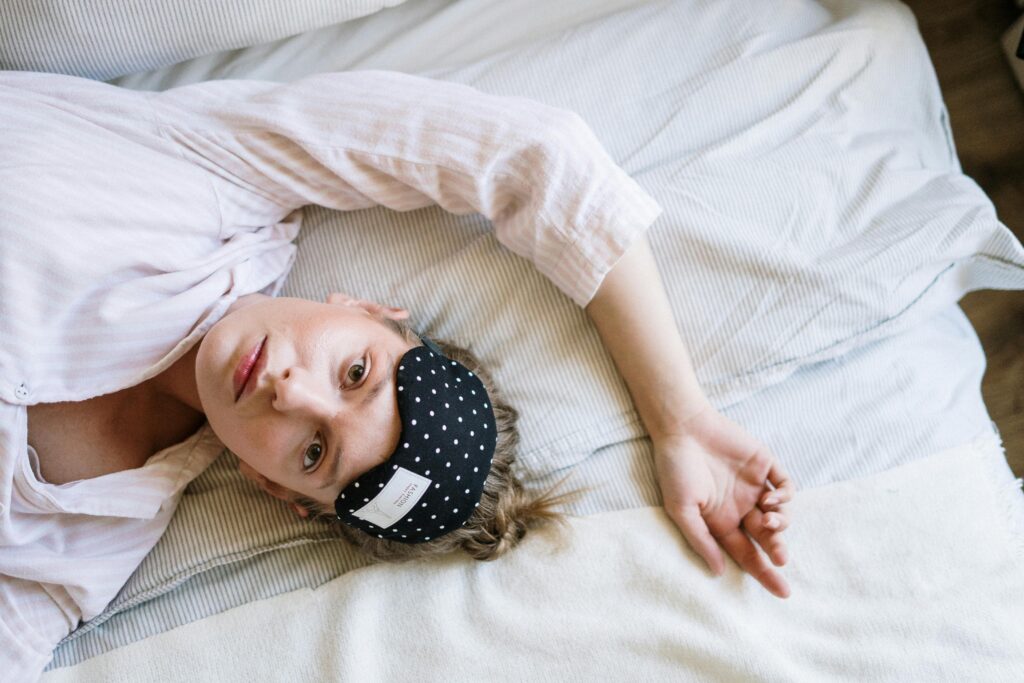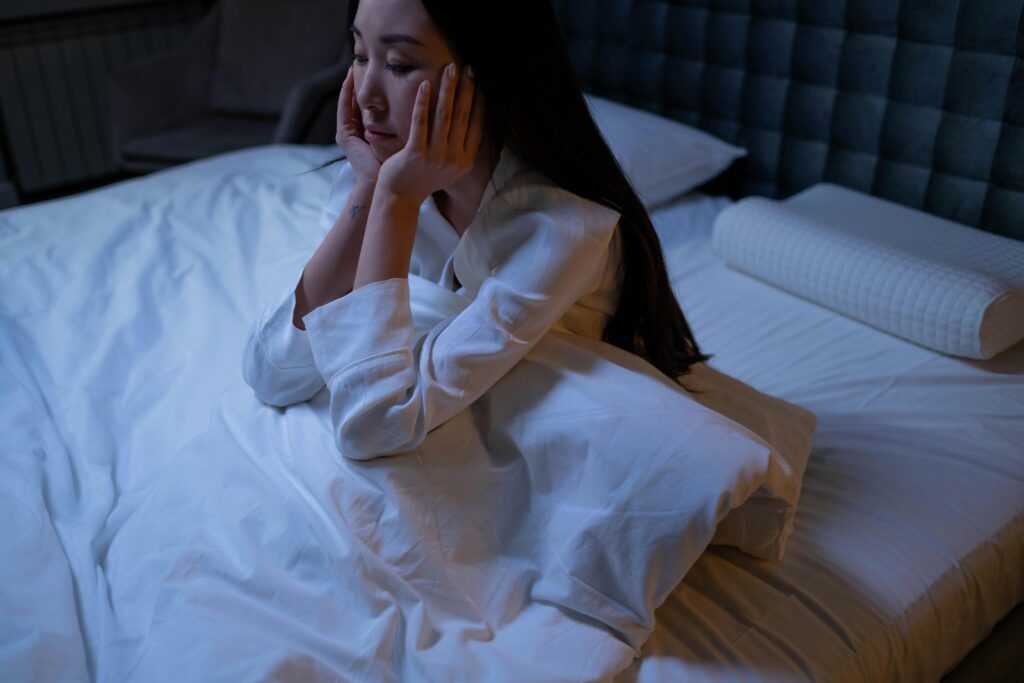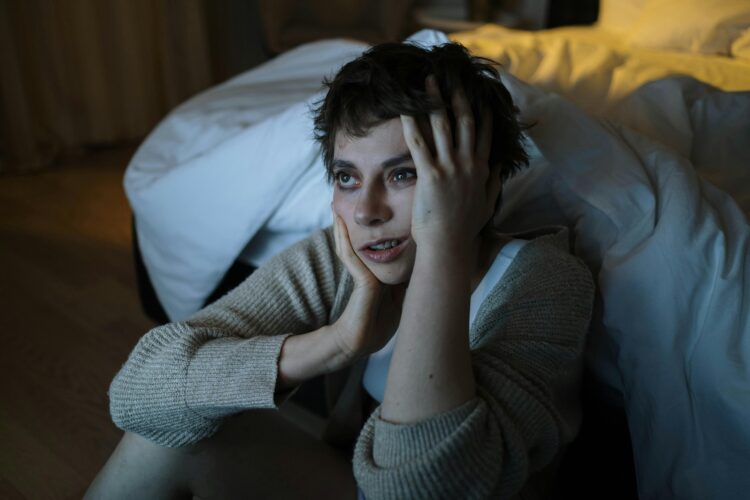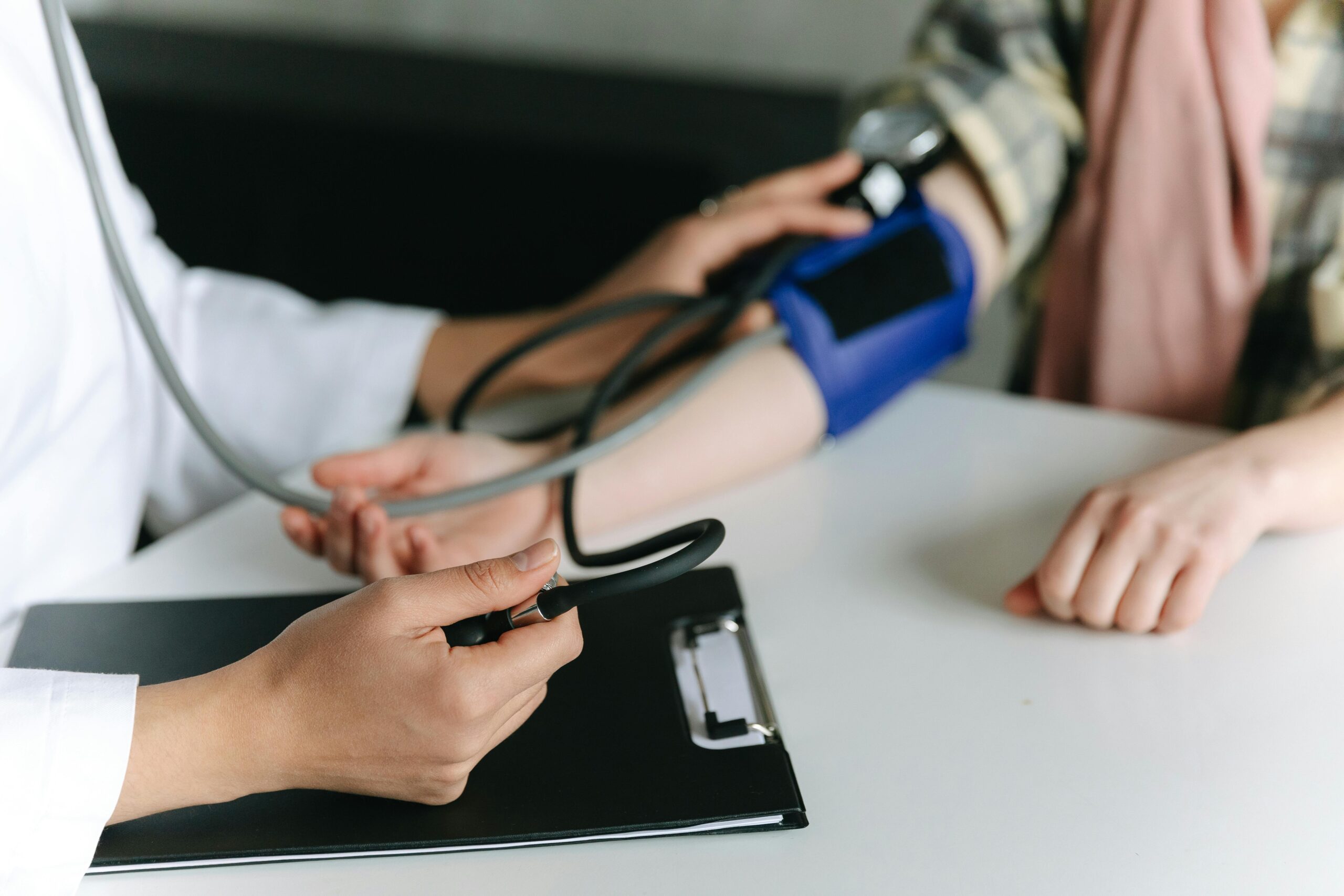Introduction: When Poor Sleep Has Different Roots
Nearly 70 million Americans struggle with chronic sleep disorders, yet many confuse two of the most common conditions—sleep apnea and insomnia—despite their fundamentally different causes and treatments. Understanding these differences is crucial, as misdiagnosis rates exceed 40% for patients presenting with sleep complaints. This guide provides a detailed medical comparison with symptom checklists, diagnostic pathways, and evidence-based treatment options.
Table 1: At-a-Glance Comparison
| Factor | Obstructive Sleep Apnea (OSA) | Chronic Insomnia |
|---|---|---|
| Primary Cause | Physical airway obstruction | Hyperarousal of nervous system |
| Key Symptom | Witnessed breathing pauses | Difficulty falling/staying asleep |
| Daytime Impact | Excessive sleepiness | Fatigue with difficulty napping |
| Diagnosis Method | Sleep study (PSG or HST) | Clinical evaluation + sleep diary |
| First-Line Treatment | CPAP therapy | CBT-I (cognitive behavioral therapy) |
| Prevalence | 25% of adults (80% undiagnosed) | 10-15% of adults |

Section 1: Physiological vs. Neurological Origins
The Mechanics of Sleep Apnea
OSA occurs due to physical airway collapse during sleep, characterized by:
- Pharyngeal anatomy (enlarged tonsils, retrognathia)
- Neuromuscular control loss during REM sleep
- Oxygen desaturation episodes (often below 80%)
- Autonomic surges (blood pressure spikes to 180/110)
Table 2: Apnea Event Types
| Event Type | Duration | Oxygen Drop | Arousal |
|---|---|---|---|
| Obstructive | 10-60 sec | 4-15% | Required to resume breathing |
| Hypopnea | 10+ sec | 3-4% | Often occurs |
| RERA | 10+ sec | <3% | Required to normalize breathing |
The Hyperarousal of Insomnia
Chronic insomnia involves persistent activation of:
- HPA axis (cortisol levels 37% higher at night)
- Default mode network (78% more active during sleep attempts)
- Sympathetic nervous system (heart rate elevated by 8-12 bpm)
Table 3: Insomnia Subtypes
| Type | Sleep Onset Latency | Wake After Sleep Onset | Early Awakening |
|---|---|---|---|
| Initial | >30 minutes | Normal | Rare |
| Maintenance | Normal | >60 minutes | Occasional |
| Terminal | Normal | Normal | >30 minutes early |
| Mixed | >45 minutes | >45 minutes | >30 minutes early |

Section 2: Symptom Profiles and Consequences
Sleep Apnea Presentation
Nighttime:
- Loud snoring (83% of patients)
- Witnessed apneas (reported by bed partner)
- Nocturia (2+ bathroom trips nightly)
- Choking/gasping arousals
Daytime:
- Non-refreshing sleep (100%)
- Morning headache (42%)
- Excessive daytime sleepiness (ESS score >10)
- Cognitive impairment (“brain fog”)
Table 4: Epworth Sleepiness Scale (ESS) Interpretation
| Score | Severity | Likely OSA Probability |
|---|---|---|
| 0-5 | Normal | 12% |
| 6-10 | Mild | 34% |
| 11-15 | Moderate | 67% |
| 16-24 | Severe | 89% |
Insomnia Presentation
Nighttime:
- Difficulty initiating sleep (>30 minutes)
- Frequent awakenings
- Early morning awakenings
- “Tired but wired” feeling
Daytime:
- Fatigue (not sleepiness)
- Mood disturbances
- Performance deficits
- Hypervigilance about sleep

Section 3: Diagnostic Pathways
Sleep Apnea Testing
- Home Sleep Test (HST)
- Measures: airflow, effort, oximetry
- Accuracy: 82% for moderate-severe OSA
- Limitations: Underestimates mild cases
- In-Lab Polysomnography
- Gold standard (98% accuracy)
- Measures: EEG, EOG, EMG, EKG, airflow, effort, oximetry, snoring, position
- Required for: Central apnea, comorbid disorders
Table 5: AHI Severity Classification
| AHI | Severity | Recommended Action |
|---|---|---|
| <5 | Normal | No treatment |
| 5-15 | Mild | Lifestyle changes, oral appliance |
| 15-30 | Moderate | CPAP strongly recommended |
| >30 | Severe | CPAP required |
Insomnia Evaluation
- Clinical Interview
- Focus: Sleep patterns, daytime impact, duration
- Tools: Insomnia Severity Index (ISI)
- Sleep Diary
- Minimum: 2 weeks of tracking
- Parameters: Bedtime, sleep latency, awakenings, rise time
- Actigraphy
- Wrist-worn motion monitoring
- Confirms sleep-wake patterns

Section 4: Treatment Approaches
Sleep Apnea Management
1. Positive Airway Pressure (Gold Standard)
- CPAP: 78% adherence reduces AHI to <5
- BiPAP: For complex apnea or hypoventilation
- ASV: For central/Cheyne-Stokes breathing
2. Oral Appliances
- Mandibular advancement devices (56% efficacy for mild-moderate OSA)
- Tongue retaining devices
3. Surgical Options
- UPPP: 40% success rate
- MMA: 85% success but invasive
- Inspire: Hypoglossal nerve stimulator
Table 6: CPAP Efficacy Data
| Metric | Pre-CPAP | Post-CPAP | Improvement |
|---|---|---|---|
| AHI | 32.5 | 2.1 | 94% |
| Lowest SpO2 | 78% | 92% | 18% increase |
| ESS Score | 15.2 | 6.4 | 58% |
| Nocturia Episodes | 2.8/night | 0.6/night | 79% |
Insomnia Treatment
1. Cognitive Behavioral Therapy (CBT-I)
- Sleep restriction: 85% efficacy
- Stimulus control: 72% efficacy
- Cognitive restructuring
2. Pharmacotherapy
- Z-drugs (eszopiclone, zolpidem): Short-term use
- DORAs (lemborexant): Newer option
- Off-label: Trazodone, mirtazapine
3. Adjunctive Approaches
- Light therapy (for circadian disruption)
- Mindfulness-based stress reduction
Section 5: Comorbidities and Special Considerations
Overlap Syndrome (OSA + Insomnia)
Affects 15-20% of sleep clinic patients:
- More severe daytime impairment
- Lower CPAP adherence (38% vs 62%)
- Requires combined CBT-I + PAP therapy
Differential Diagnosis Checklist
Consider OSA when:
- Snoring present
- Witnessed apneas reported
- BMI >30
- Neck circumference >17″ (men), >16″ (women)
Consider Insomnia when:
- Difficulty initiating sleep
- Mental hyperactivity at bedtime
- No snoring/apneas
- Normal BMI
Conclusion: Precision Diagnosis for Effective Treatment
While both conditions impair sleep quality and daytime function, their distinct mechanisms demand different management strategies. Key takeaways:
- Sleep apnea is a mechanical disorder requiring physical airway management
- Insomnia is a neurological hyperarousal disorder requiring behavioral/psychological intervention
- Comprehensive evaluation prevents misdiagnosis (40% of insomniacs have undetected OSA)
- Targeted treatment achieves 80-90% success rates when properly matched
Call to Action:
Complete our 2-Minute Sleep Disorder Screener:
[ ] I snore loudly (OSA risk)
[ ] I often take >30 minutes to fall asleep (Insomnia)
[ ] I wake up gasping (OSA)
[ ] My mind races at bedtime (Insomnia)
2+ checks suggest need for professional sleep evaluation.
Additional Resources:
- American Academy of Sleep Medicine: aasm.org
- Society of Behavioral Sleep Medicine: behavioralsleep.org
- Sleep Apnea Patient Forum: cpaptalk.com




0 Comments